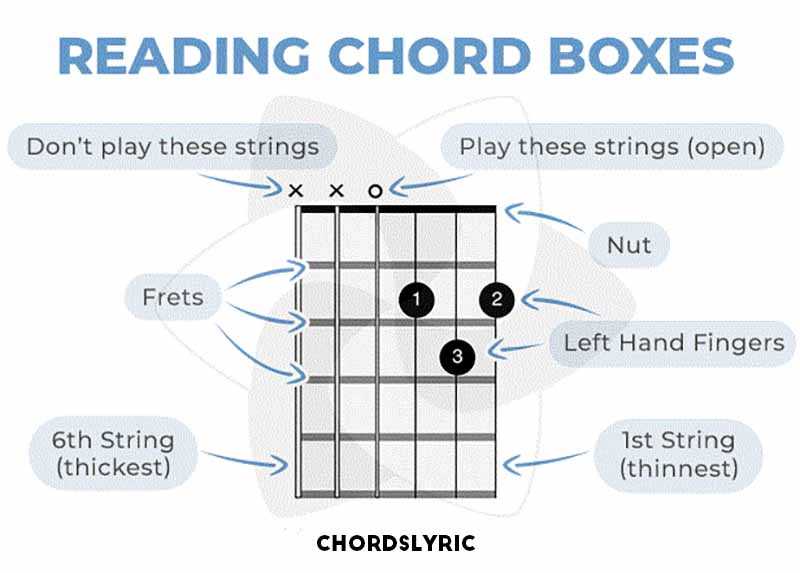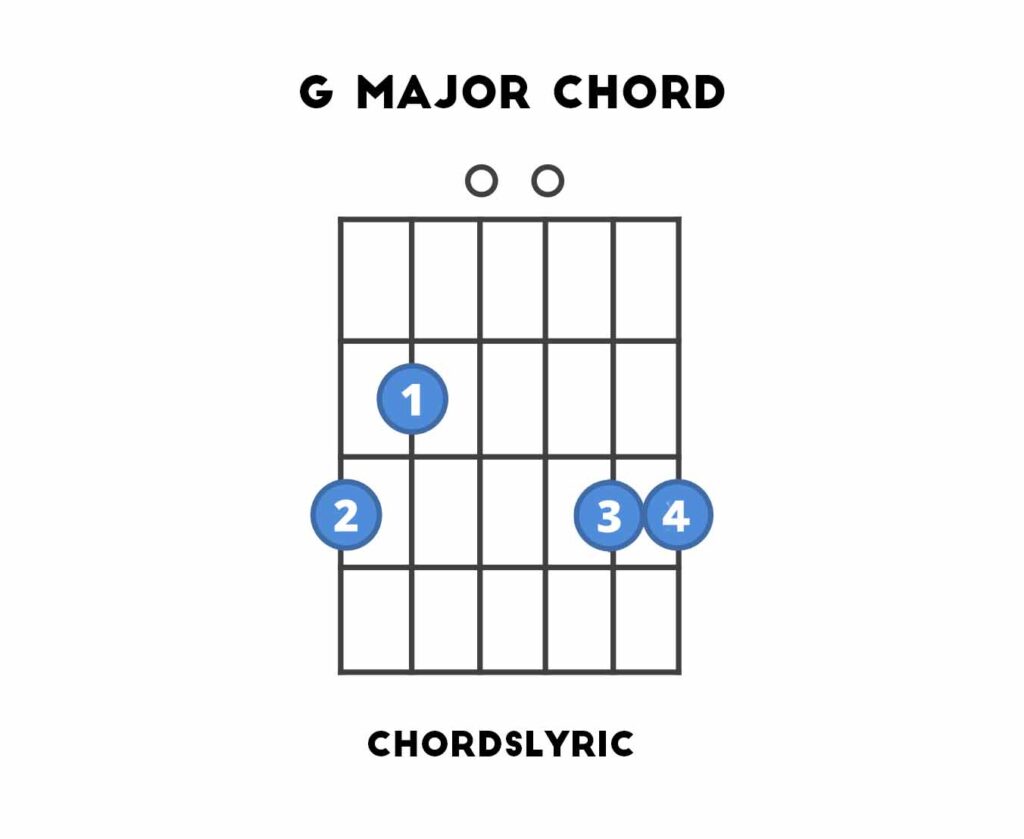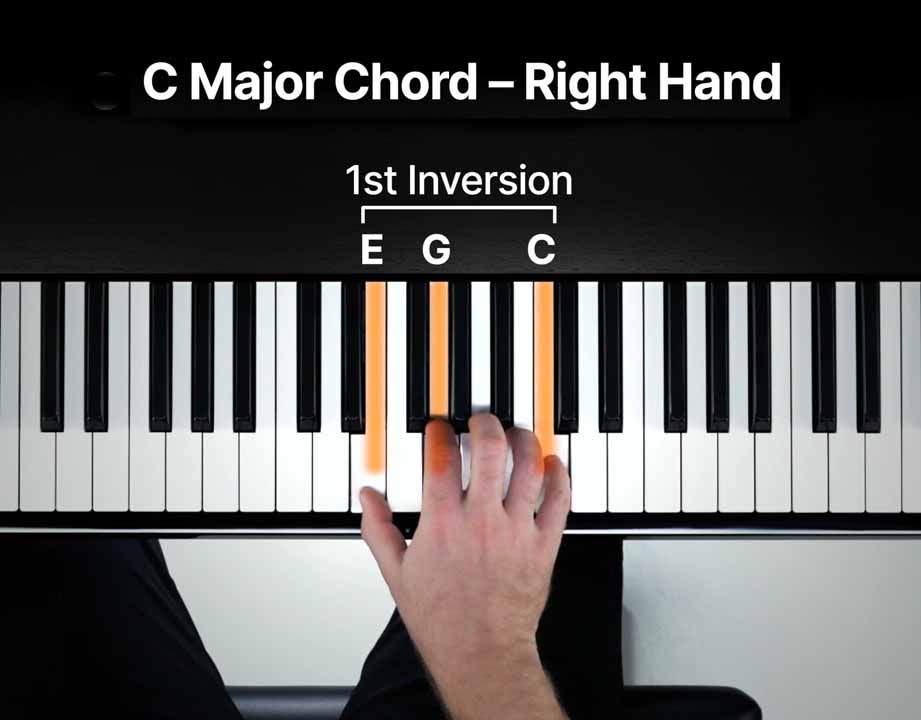Playing a guitar or any musical instrument for that matter can be a bit overwhelming initially. The term “Chords” is probably one of the many that you are familiarized with if you are starting to master the instrument. Indeed, chords for guitar are simply the figures you see for playing the instrument; it is one of the first lessons every beginner has to take. When multiple notes are played simultaneously, this is known as a chord; it is an important feature in most compositions.
We will focus on three aspects of chords in this article, namely what they are, how they are written and how you can use them to play chords to your favorite songs.
What Are Chords?
In general, a chord is created by playing two or more notes at once. Each chord is comprised of various combinations of notes, and as such, each has a different tone or emotion that it gives off. For instance, certain chords convey cheer while others convey some seriousness or even resentment.
Many other types of chords exist, but as a beginner, you will only be able to comfortably manage two types or rather chords; the major and minor chords.
- Major chords sound bright and happy.
- Minor chords sound sad or serious.
Why Do You Need to Learn How to Read Chords?
Learning to read chords is very important if you want to play songs on the guitar, piano, or other instruments. Most songs are built around chords, so knowing how to read and play them will allow you to:
- Play songs: Once you can read chords, you can start playing popular songs quickly.
- Create your own music: Understanding chords helps you write your own music.
- Play in a band: If you want to play with other musicians, you need to know chords to keep up with the group.
Now, let’s move on to how you can read and understand chords.
How to Read Guitar Chords
When it comes to guitar, chords are often written in diagrams called chord charts. These charts show you where to place your fingers on the guitar’s strings to play a chord. Here’s how to read them:
The Guitar Chord Chart
A guitar chord chart is a visual guide that represents the guitar neck. It looks like a grid with six vertical lines and several horizontal lines.

- The six vertical lines represent the six strings of the guitar.
- The horizontal lines represent the frets (the metal strips on the guitar neck).
At the top of the chord chart, you might see letters like A, C, or D. These letters tell you the name of the chord. For example, if you see an “A,” it means you are playing the A major chord.
Numbers and Dots
On the chord chart, you will also see dots and sometimes numbers. These show where to place your fingers on the strings.
- The dots tell you where to press on the fretboard (the neck of the guitar).
- The numbers indicate which finger you should use. For example:
- 1 = index finger
- 2 = middle finger
- 3 = ring finger
- 4 = pinky finger
If you see a 0 above a string, it means you play that string open, without pressing down on any fret. If there is an X above the string, it means you do not play that string.
Example: How to Read the G Major Chord
Let’s take a look at the G major chord as an example.

- Place your middle finger on the 3rd fret of the 6th string (the thickest string).
- Place your index finger on the 2nd fret of the 5th string.
- Place your ring finger on the 3rd fret of the 2nd string (the thinnest string).
- Place your pinky finger on the 3rd fret of the 1st string (the thinnest string).
The 4th and 3rd strings will be played open, meaning you don’t press down on any frets.
When you strum the strings, you will hear the G major chord.
How to Read Chord Symbols
Sometimes, instead of using chord charts, you will see chords written as symbols in sheet music, songbooks, or guitar tabs. These symbols are much simpler to read, and they tell you which chord to play without showing you the finger placement.
For example:
- A = A major chord
- Am = A minor chord
- C7 = C dominant seventh chord
Here’s a quick guide to understanding some common chord symbols:
- Capital M or no letter = major chord (e.g., C, G, A)
- Small m = minor chord (e.g., Am, Em, Dm)
- 7 = dominant seventh chord (e.g., C7, G7)
- maj7 = major seventh chord (e.g., Cmaj7, Fmaj7)
How to Read Piano Chords
For piano, chords are often written as symbols in sheet music. If you know the chord symbols, you can play them on the piano by finding the correct notes. Let’s look at how to read piano chords.
Basic Piano Chord Symbols
Piano chord symbols are the same as guitar chord symbols. For example, if you see C, it means you should play the C major chord on the piano.
The C major chord is made up of three notes:
- C
- E
- G

You play these three notes at the same time to create the C major chord.
Chord Inversions
On the piano, you can also play different inversions of chords. This means you play the same notes in a different order. For example, instead of playing C, E, and G, you could play E, G, and C or G, C, and E. Inversions help make your playing sound more interesting.
How to Practice Reading Chords
Now that you know how to read chords, it’s time to practice. Here are some tips to help you improve:
- Start with Basic Chords: As a beginner, it’s best to start with the most common chords. For guitar, this includes chords like C major, G major, D major, A minor, and E minor. For piano, you can start with C major, G major, and F major.
- Practice Switching Between Chords: Once you know a few chords, practice switching between them. This is important because most songs require you to move from one chord to another. Start slowly, and focus on placing your fingers correctly.
- Use Songs to Practice: One of the best ways to get better at reading chords is by playing songs. Choose simple songs that use the chords you’ve learned and play along. This will help you apply what you’ve learned and make your practice sessions more fun.
- Stay Consistent: Like with any new skill, consistency is key. Practice reading and playing chords every day, even if it’s just for a few minutes. Over time, you’ll get faster and more confident.
Conclusion
Learning how to read chords is one of the most important skills for any musician. Whether you’re playing guitar, piano, or another instrument, understanding chords will help you play songs and create your own music. By learning to read chord charts and chord symbols, you can start playing your favorite songs in no time.
So grab your guitar or sit down at the piano, and start practicing today! With regular practice, you’ll soon master reading chords and be well on your way to becoming a great musician.

